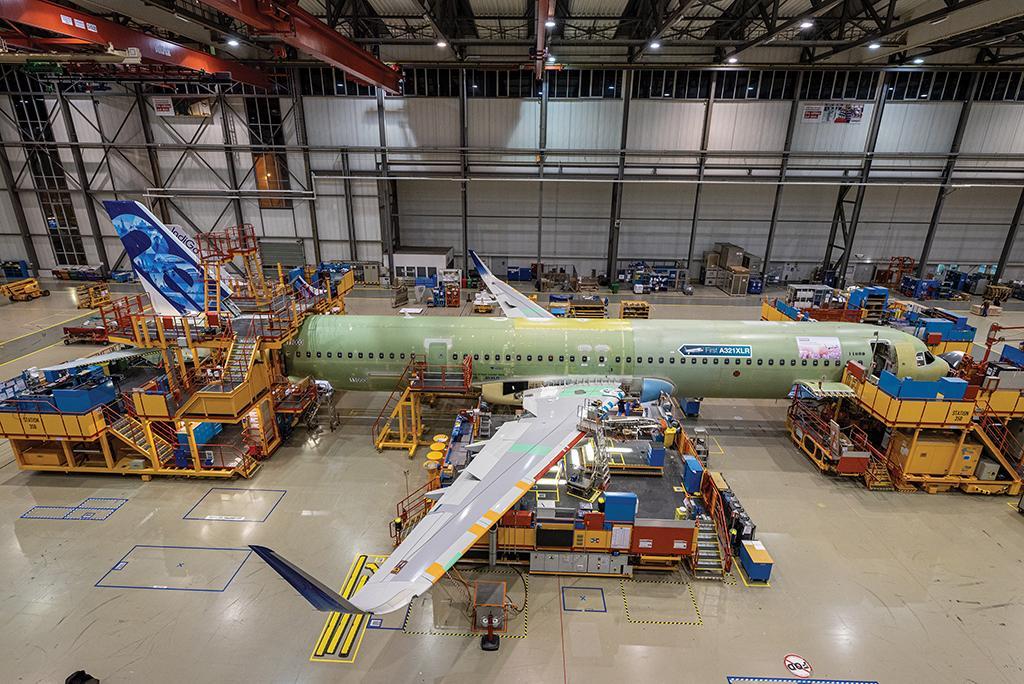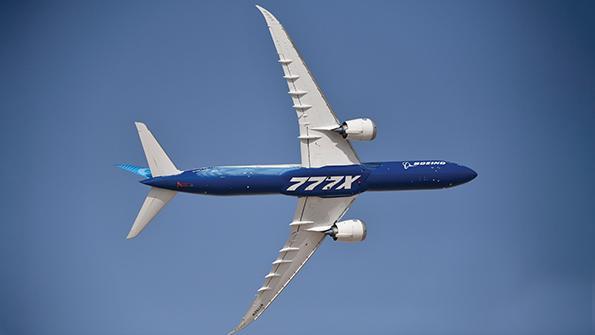Disruptions Not Slowing Airbus, Boeing’s Narrowbody Demand

This is an abbreviated version of the article “Airbus, Boeing See Strong Narrowbody Demand Despite Disruptions” by Sean Broderick, Jens Flottau and Guy Norris from Aviation Week & Space Technology.
Find out more about becoming an Aviation Week & Space Technology subscriber here.
Almost two years after the onset of the novel coronavirus pandemic, which is the biggest shock experienced by aircraft manufacturing in recent history, Airbus and Boeing are still in crisis mode to varying degrees. Building production rates back up has proven more complicated than expected for a variety of reasons. Making decisions even on near-term product development appears to be on the back burner for the time being, except at Embraer. And the coming year is likely to be full of more operational challenges that will absorb the attention of management.
- Airbus and Boeing plan to rebuild narrowbody production
- Boeing 787 quality issue resolution will drag on well into 2022
- Airbus A321XLR flight-testing and A350F development work to kick off
Boeing: Quantity and Quality
As 2020 drew to a close, Boeing eagerly anticipated seeing its two most important commercial programs, the 737 and 787, getting back on track in 2021. The 737 MAX family was grounded in the wake of two fatal accidents, and deliveries had stopped in March 2019. Quality problems had halted 787 deliveries in the fall of 2020.
A year later, Boeing is largely in the same spot. The 737 MAX is flying again, but the company’s goal of wiping out a stored backlog of about 460 aircraft by 2023 is out of reach.
“As we go through the second half of the year and forward, I think that will be an assessment of the supply chain, not an assessment of demand, that gets us to whatever number we get to,” Boeing CEO David Calhoun said.
With the 737 MAX program steadily gaining altitude, the 787 has assumed the spotlight as Boeing’s most troubled commercial program. Barring a major change as the year comes to a close, Boeing will end 2021 with just 14 787 deliveries—a figure that reflected an average month’s worth of customer handovers before the pandemic and production problems created intense headwinds.

Credit: Mark Wagner/Aviation Images
Airbus: The Large and the Small
A key strategic decision Airbus made in 2021 was to get into the freighter business in earnest. At the November Dubai Airshow, the manufacturer received its first orders for the A350F from Air Lease Corp. (ALC) and CMA CGM Air Cargo. Aside from the A321XLR, the A350F is Airbus’ only near-term development program that will gain momentum in 2022 in preparation for entry into service in 2025.
The decision to launch the freighter was obvious and long overdue, given that Boeing has enjoyed a monopoly in the space and with the cargo market far outperforming the passenger business in growth rates and margins.
The A321neo is gaining more momentum as Airbus’ most important model. At the recent Dubai Airshow, Indigo Partners alone ordered 255 additional aircraft, and ALC bought an extra 75. The two orders underscored its importance.
Embraer: New Props
Embraer is the only manufacturer of large commercial aircraft that is considering launching an all-new conventional aircraft in the near term. The company is talking to all three major engine manufacturers about a powerplant for a new large turboprop planned to enter service in 2027 or 2028, provided the OEM can stick to its schedule of firmly launching the aircraft before the end of 2022.
Read the article in full "Airbus, Boeing See Strong Narrowbody Demand Despite Disruptions" by Sean Broderick, Jens Flottau and Guy Norris.




